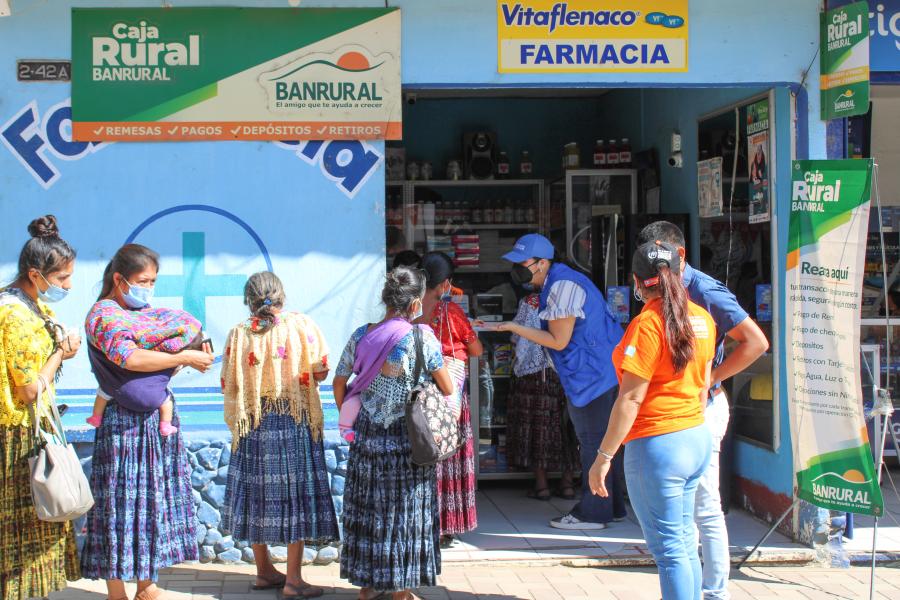2023 population planning figures
- Refugees and asylum-seekers*: 234,000
-
IDPs**: 513,000
*This includes forcibly displaced people in Costa Rica, El Salvador, Guatemala, Honduras, Mexico and in countries served by MCO Panama.
**Includes 117,700 IDPs in El Salvador and 271,800 IDPs and 123,300 people in an IDP-like situation in Honduras.
2023 situation overview
Violence, insecurity, fragile institutions, the impact of climate change, and deep-rooted inequalities will force more people to flee, either within their own countries or across borders within the sub-region.
In line with the Los Angeles Declaration on Migration and Protection, and in support of the implementation of the Comprehensive Regional Framework for Protection and Solutions (MIRPS) and related national policy commitments, UNHCR will continue to support countries of the sub-region to address the causes and impact of forced displacement. This entails strengthening refugee protection frameworks and expanding access to asylum systems and other legal stay arrangements, with a specific focus on furthering local integration prospects and other solutions, including resettlement and complementary pathways.
UNHCR’s interventions, aligned with the Humanitarian Response Plans in El Salvador, Guatemala and Honduras, will prioritize enhancing national protection systems and scaling up community-based protection through increased field presence in prioritized communities affected by violence or at risk of displacement. Moreover, identification and referral mechanisms for people with protection needs will be expanded. This will entail closer collaboration with civil society, strengthening communities’ prevention and protection response, and the promotion of State institutions’ presence in targeted communities.
Priority will be given to investments that support national human rights institutions, education, prevention and response to gender-based violence, child protection programmes, temporary protection alternatives, and – where possible – solutions through the expansion of sustainable local integration programmes.
The sub-region is hosting an increasing number of Nicaraguans seeking protection, mainly in Costa Rica, where 180,000 asylum-seekers had been recorded by mid-2022. Given the current trend of 10,000 new claims per month, the number of asylum-seekers in Costa Rica could reach 360,000 by the end of 2023, with increasing numbers in Honduras and Panama.
